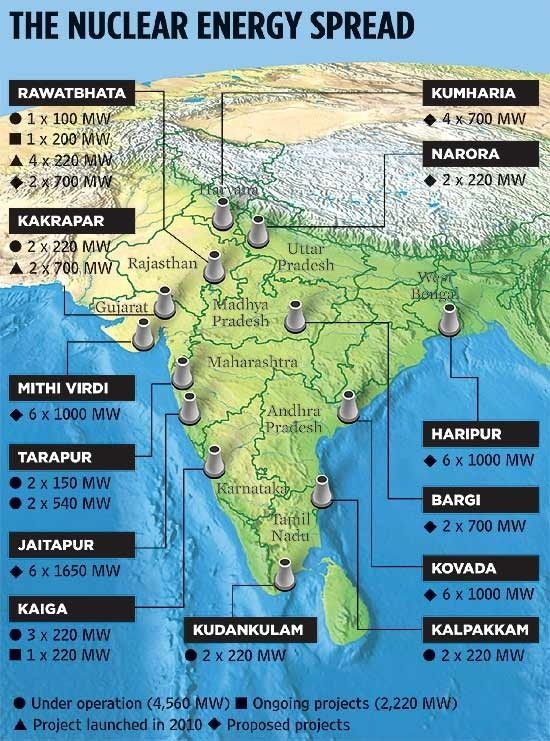7667766266
enquiry@shankarias.in
Why in news?
The Indo-US Nuclear deal is on progress.
What is the Indo-US Nuclear deal?
Why U.S agreed for the deal?

What is the progress in the deal?
Source: Business Standard